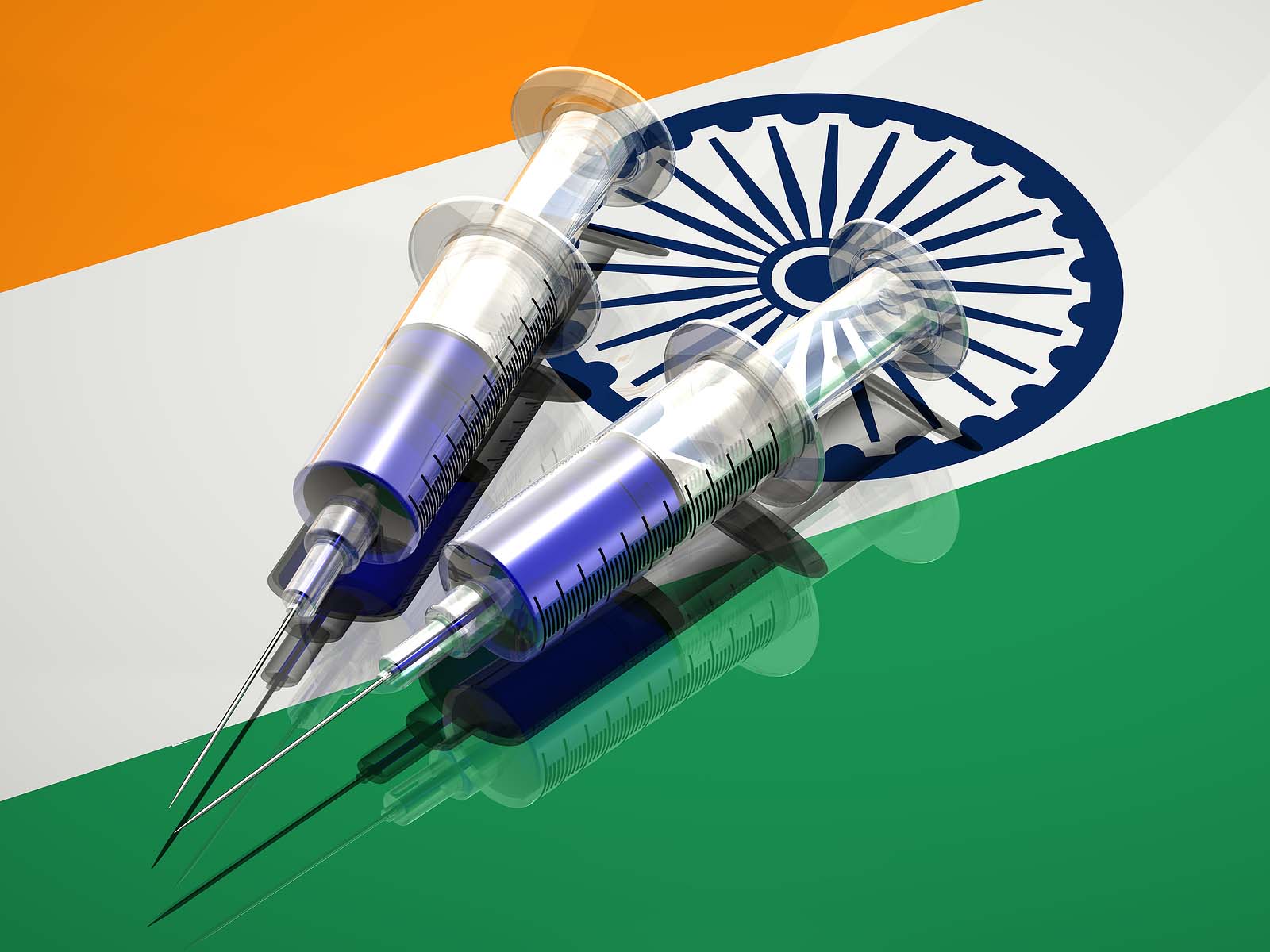Family Health Survey- 4
March 6, 2017 | Expert Insights

Has India’s Health Progressed?
National Family Health Survey (NFHS-4) for Jan 2015 – Dec 2016 was released in Jan 2017. The past decade, from NFHS-3 (2005-06), has seen improvement in many of the indicators. Govt. schemes for women and children have been instrumental in the progress.
Some noteworthy indicators are:
- Fertility: rate declined from 2.7 to 2.2 children per woman
- Obesity: in men doubled from 9.3% to 18.6% and for women there was a 40% increase, from 12.6% to 20.7%.
- Child Malnutrition: in children under 5 years of age continues to be abysmal. While, stunted children reduced from 48% to 38%, wasted and severely wasted children increased from 20% to 21% and 6.4% to 7.5%, respectively.
How do we Fare in the World?
India’s standing in the Global Hunger Index (GHI) has fallen from 83 of 118 countries in 2000, to 97. Bangladesh is ahead of India. Fertility: India’s reducing fertility rate of 2.2 children per woman, now matches the global average. China has been stable at 1.5 over the past decade and USA dipped from 2.1 to 1.9. Bangladesh stands at a comparable 2.2.
Obesity: in men at 18.6% is still only about half of USA’s 35% (2013-14) but is significantly higher than China’s 11.8% (2011). But Bangladesh is at a model 0.7% (2011). Obesity in Indian women (21%) too is about half of USA’s 40.4% (2013-14) but almost twice of China’s 11% (2011). Bangladeshi women’s obesity is at 15% (2014-15).
Child Malnutrition: contributes to almost half the deaths of children under 5 globally, with 23% of the world’s children being stunted between 2010-16. Indian figures at 38.4%, is significantly higher than the global average.
What Does the Future Look Like?
The fertility rate in India is declining and is currently nearing the replacement rate. The global replacement fertility rate is estimated at 2.33%. World population crossed 7B in 2011 and is expected to reach 9B by 2040. World population is expected to stabilize, after 2050.
Obesity is an alarming concern in India, especially in urban areas. This is mainly attributed to life-style changes. Experts predict that it will become a leading cause for diabetes and heart disease, in the future.
The state of malnutrition in Indian children is also acutely grave, with almost 40% malnourished. This is worrisome as it poses long-term healthcare challenges and also threatens the country’s future. The Govt. has increased food subsidies but it may be insufficient for meeting the needs of our still growing population.
Assessment
Over decades, successive governments have invested in population control; but ironically, India’s youthful profile is now being touted a a ‘demographic dividend’. To reap that benefit, we need to invest more in child-health and controlling urban obesity; or else, higher costs may have to be borne, in the future. A healthy population is essential for making a strong country.








Comments